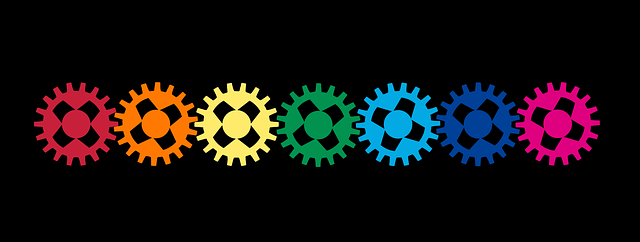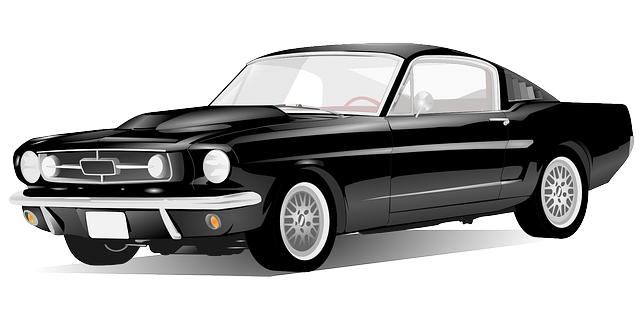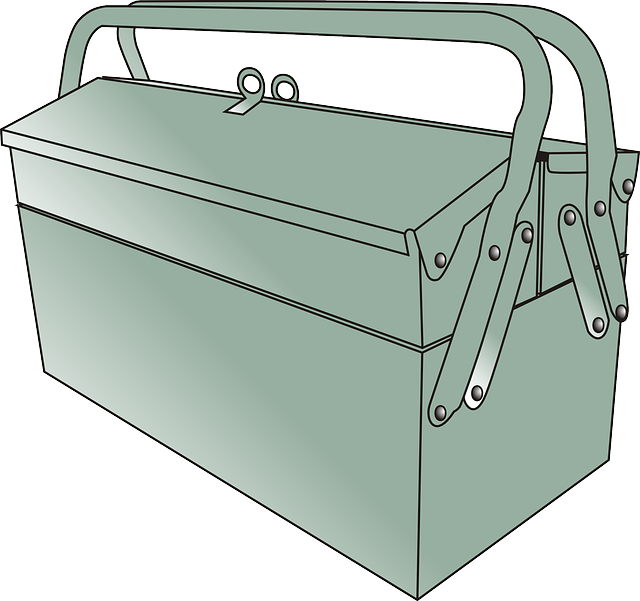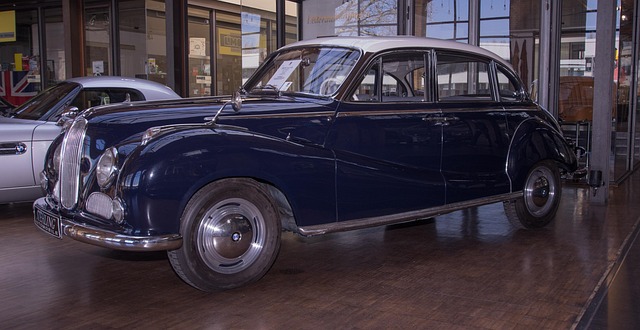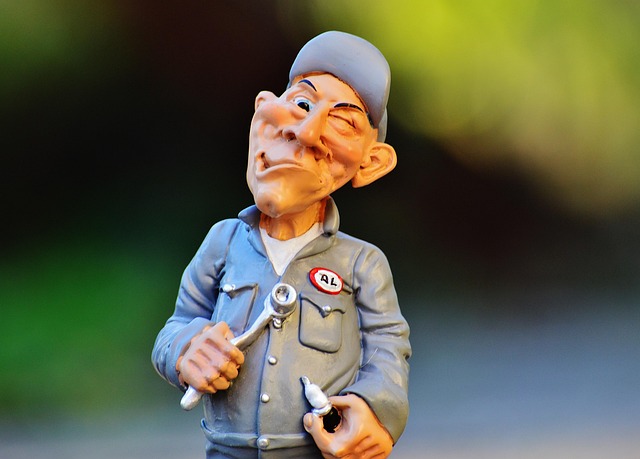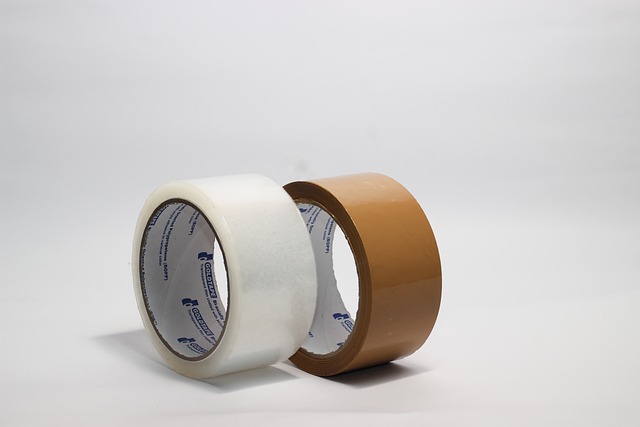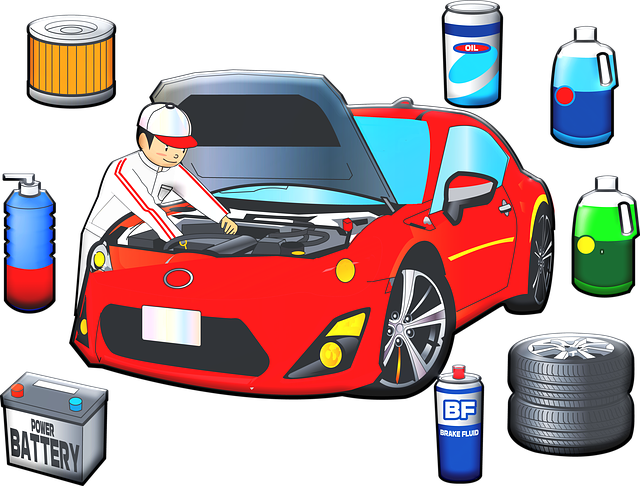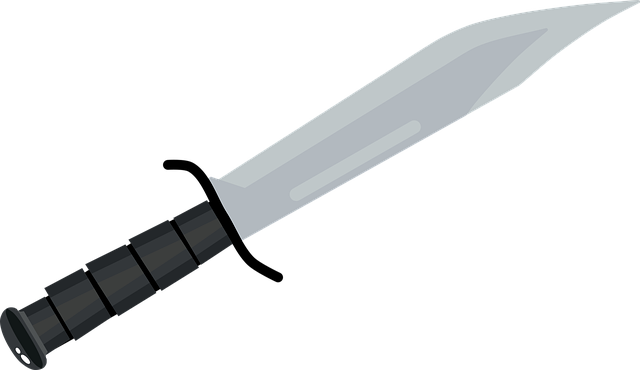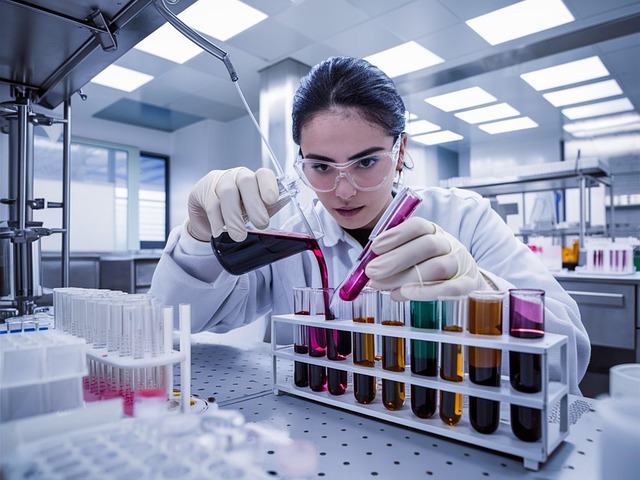Vehicle color matching is a critical aspect of auto body repair, requiring understanding of unique vehicle color codes and specialized tools to match hue, saturation, and value (HSV). This involves analyzing damaged areas, comparing against original specs for perfect blend. Advanced technologies like spectral measurement devices, digital color management systems, AI, and machine learning enhance accuracy, speed, and efficiency in color matching processes, reducing waste and enhancing aesthetic appeal while meeting customer expectations.
Vehicle color matching is a meticulous process, crucial for achieving flawless finishes on automotive surfaces. This article delves into the intricacies of vehicle color matching, starting with fundamental concepts that underpin this intricate art. We explore popular tools and technologies used in the industry, from traditional methods to cutting-edge innovations. By understanding these advancements, we can anticipate the future of vehicle color matching, where precision and efficiency converge.
- Understanding Vehicle Color Matching: The Basics
- Popular Tools for Accurate Color Matching in Automotive Industry
- Emerging Technologies Shaping the Future of Vehicle Color Matching
Understanding Vehicle Color Matching: The Basics

Vehicle color matching is a meticulous art that requires precise techniques to ensure every car’s exterior looks as good as new. It’s a critical process in both vehicle body repair and body shop services, where the goal is to restore or enhance a car’s aesthetic appeal after damage or wear and tear. The basics involve understanding the unique specifications of each vehicle model and their respective color codes.
Auto repair shops employ specialized tools to accurately match these colors, considering factors like hue, saturation, and value (HSV) for a perfect blend. This meticulous work demands an eye for detail as even the slightest variation can impact the overall look. The process often begins with analyzing the damaged or faded area, taking measurements, and comparing them against the original color specifications.
Popular Tools for Accurate Color Matching in Automotive Industry

In the precision world of vehicle color matching, several tools have emerged as indispensable for auto manufacturers and specialized car paint services. These technologies play a pivotal role in ensuring that each vehicle is painted to exacting standards, resulting in a flawless finish that meets customer expectations. Among the most popular are spectral measurement devices, which use advanced sensors to capture and analyze a vehicle’s color with remarkable accuracy. This data is then fed into sophisticated software that compares it against a vast database of colors, enabling precise matching even for unique or hard-to-find shades.
Furthermore, automotive industry professionals also rely on digital color management systems that streamline the entire color matching process. These systems integrate seamlessly with various stages of vehicle production, from design and manufacturing to quality control and aftercare services like auto glass repair or vehicle repair services. By facilitating consistent and reliable color reproduction, they contribute significantly to the overall aesthetic appeal and value of automobiles, ensuring that every vehicle leaves the assembly line with a vibrant, accurate, and long-lasting coat of paint.
Emerging Technologies Shaping the Future of Vehicle Color Matching
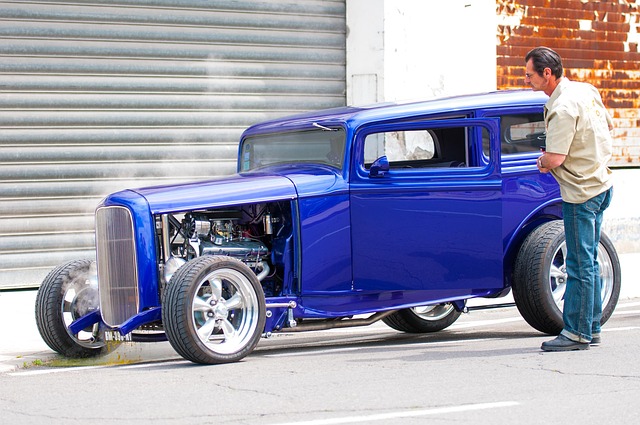
The future of vehicle color matching is being shaped by emerging technologies that promise to enhance precision and efficiency in auto body restoration and car body repair processes. One notable advancement is the integration of artificial intelligence (AI) and machine learning algorithms, which can analyze vast data sets to predict color formulations with remarkable accuracy. These technologies enable auto collision centers to streamline their operations, reducing turnaround times and minimizing waste.
Additionally, advanced scanning and mapping tools are revolutionizing how vehicle surfaces are measured and analyzed. 3D scanners and high-resolution cameras capture detailed digital twins of damaged panels, allowing for precise color matching even with minor variations in paint composition. This level of detail ensures that repairs, whether for auto body restoration or routine maintenance, result in a seamless blend between old and new, preserving the vehicle’s original aesthetic appeal.
Vehicle color matching is a precise art, and with advancements in technology, the automotive industry now boasts an array of tools to achieve perfect results. From traditional methods to emerging innovations, these techniques ensure that every vehicle leaves the production line with a flawless finish. By leveraging the right tools and staying abreast of technological trends, manufacturers can maintain high standards in vehicle color matching, enhancing customer satisfaction and ensuring each car’s exterior looks as vibrant and accurate as intended.
